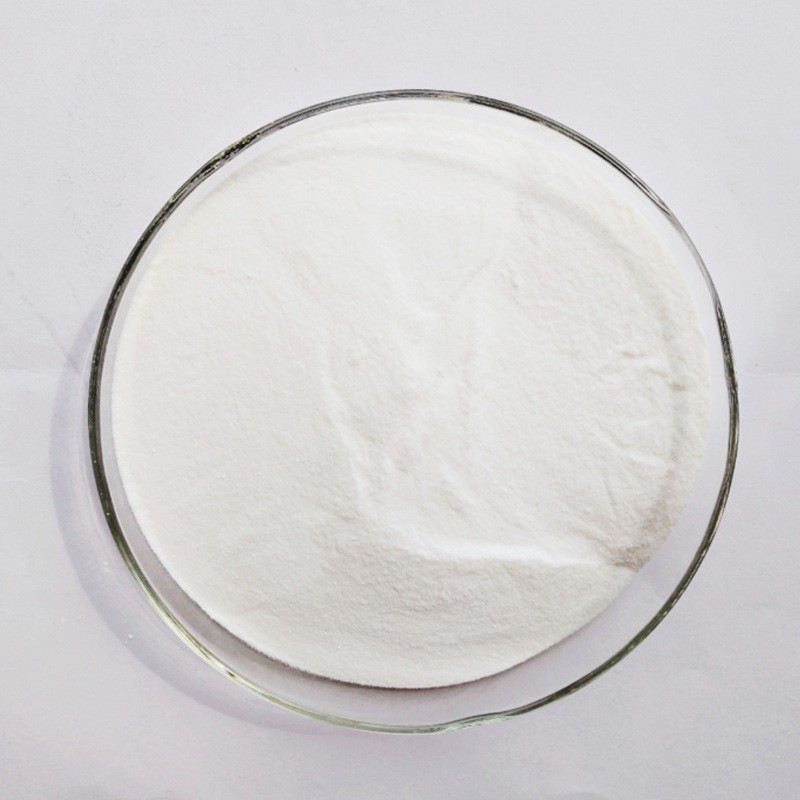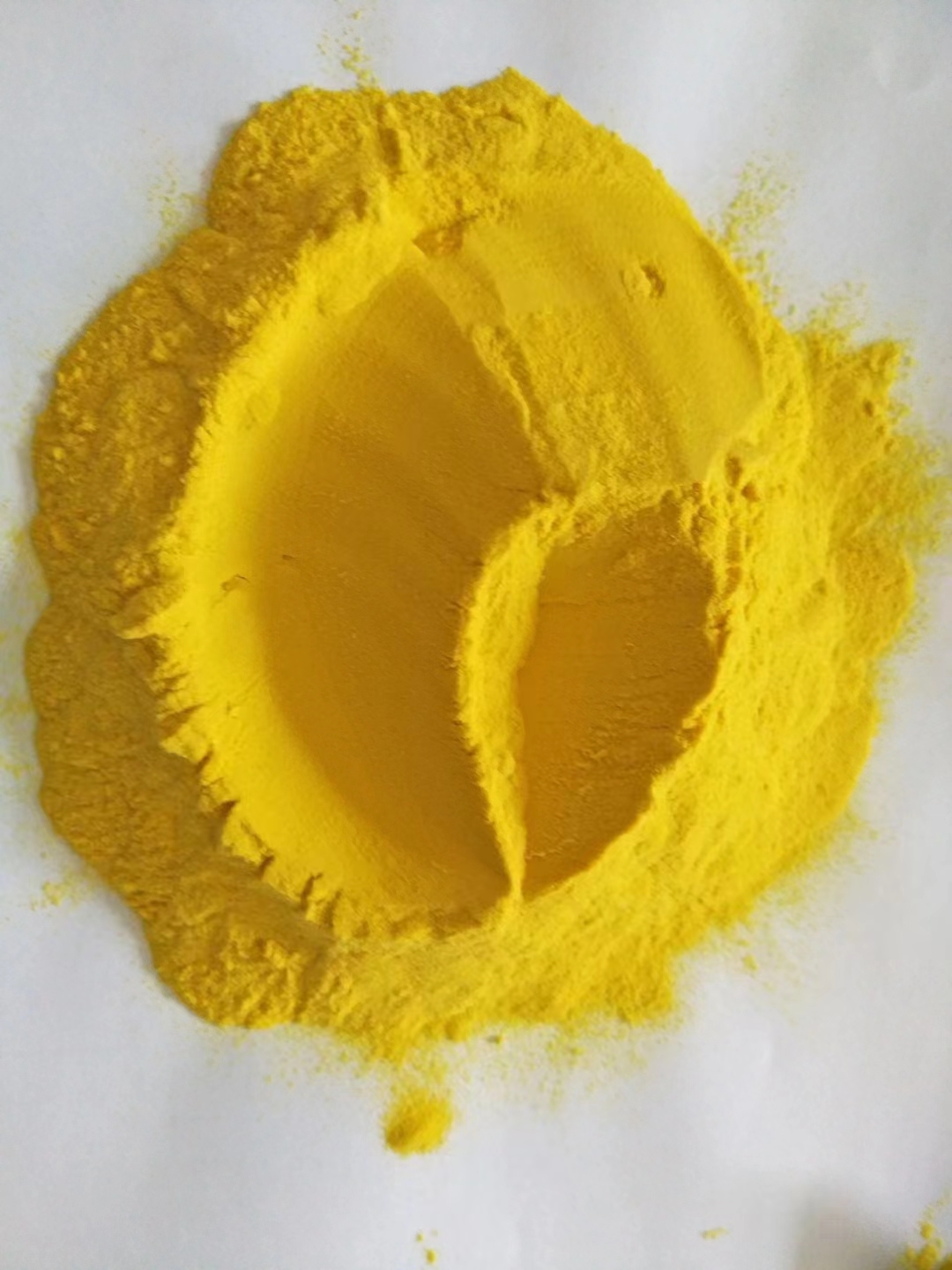



What Is Poly Aluminum Chloride
Poly aluminium chloride is not a single product, but a series of polymers, consisting of aluminium, oxygen, hydrogen and chlorine elements. Poly aluminum chloride is a new water purification material, inorganic polymer coagulant. It is a white or yellow water-soluble solid. We usually judge its strength and quality by the content of Al2O3 and alkalinity. In addition, because of its high electrical charge, it is more effective at destabilizing and removing suspended matter than other aluminum salts.
What Are Advantages of PAC Polyaluminium Chloride
Polyaluminium chloride (PAC) is a widely used water treatment chemical. It has a wide range of PH adaptation and it is not easy to produce color or other side effects. After the use of poly aluminum chloride, the content of iron, manganese and other heavy metals in water is low, which has a little corrosive effect on the equipment. For this reason, it plays a special role in the treatment of papermaking waste-water, printing and dyeing waste-water.
Poly aluminium chloride in water treatment has the characteristics of good coagulation performance, large alum particles, fast settling, low dosage, high efficiency, and wide application range. So it mainly used in treating urban drinking water and all kinds of industrial waste-water. This product can also be used to remove iron, manganese, chromium, lead and other heavy metals in water, fluoride, and oil in water, so it is used to treat printing and dyeing, papermaking, oilfield sewage, urban sewage, and sludge dehydration treatment process. Due to the positive charge of polyaluminum chloride, it has strong adsorption of suspended matter in water. For this reason, it has many advantages such as strong decontamination, high comprehensive efficiency in oil removal and turbidity removal, low cost, etc. It also can be used in casting, medicine, leather, and other fields.
Because of its good stability, the PAC dosing can be reduced under the same water quality. Especially in the case of poor water quality, the dosage of poly aluminum chloride can be reduced by half. It not only reduces the labor intensity of workers but also reduces the water production cost of users. In addition, PAC in water treatment can ensure safety, reduce water accidents, and provide safe and reliable drinking water for residents.
How is polyaluminum chloride made
There are many synthetic methods of polyaluminium chloride. According to different raw materials, They can be divided into metal aluminum method, active aluminum hydroxide method, alminum trioxide method, aluminum chloride method, alkali-dissolving method, etc.
Metal aluminum method. The raw materials for synthesizing polyaluminum chloride by the metal aluminum method are mainly the scraps of aluminum processing, such as aluminum scraps, aluminum ash and aluminum slag. The liquid polyaluminium chloride is prepared by slowly adding hydrochloric acid to the aluminum ash according to a certain proportion under stirring to carry out the reaction, and undergoing curing polymerization and sedimentation. Then diluted, filtered, concentrated and dried to get the PAC powder. In terms of technology, it can be divided into three types, acid method, alkali method and neutralization method.The acid method mainly uses HCl, and the product quality is not easy to control.
The alkaline production process is difficult, the equipment investment is large, the amount of alkali used is large, the pH value control costs raw materials, and the cost is high.
The most commonly used method is neutralization. As long as the ratio is well controlled, the specified standards can generally be met.
Aluminum hydroxide method. The purity of aluminum hydroxide powder is relatively high, and the content of heavy metals in the synthesized poly aluminium chloride is low. Generally, the production process of heating and pressing acid-dissolving is used. This process is relatively simple, but the salinity of the produced polyaluminium chloride is relatively low. Therefore, two processes of heating and pressurizing acid dissolution with aluminum hydroxide and neutralization of calcium aluminate ore powder are generally used.
Alumina method. The raw materials containing aluminum oxide mainly include gibbsite, bauxite, kaolin, coal gangue, etc. The production process can be divided into two steps. The first step is to obtain crystalline aluminum chloride, and the second step is to obtain polyaluminum chloride by pyrolysis or neutralization.
Aluminum chloride method. The method using aluminum chloride powder as raw material to produce polyaluminium chloride powder is most commonly used. It can be prepared by boiling pyrolysis with crystalline aluminum chloride at 170℃, adding water for curing and polymerization,and then curing and drying to get PAC powder.
Alkali solution method. First, the aluminum ash is reacted with sodium hydroxide to obtain a sodium aluminate solution, and then the PH value is adjusted with hydrochloric acid to obtain a polyaluminum chloride solution. The polyaluminium chloride powder prepared by this method has good color appearance and less insoluble matter, but has high sodium chloride content, high raw material consumption, low solution alumina content and high industrial production cost.
How to Use Polyaluminium Chloride Powder
Dissolve the PAC powder in water at a ratio of 1:3 to liquid, then add 10-30 times of water to dilute it to the desired concentration before use.
The optimal PH value for dosing is 3.5-5.0. Selecting the optimal PH value for dosing can maximize the benefits of coagulation. The dosage can be determined according to the different turbidity of raw water. Before use, it is best to conduct a small test according to the water quality characteristics, select the best value, and then put it into use. When the turbidity of the raw water is high, the dosage is appropriately increased, and when the turbidity is low, the dosage can be appropriately reduced.
How To Store Poly Aluminum Chloride Powder
They shall be sealed and stored in the dry and ventilated place to prevent from rain, high temperature and strong sunlight.
What are the classifications of Poly Aluminium Chloride
White PAC chemical, commonly refereed to as high-purity iron-free PAC or food grade PAC, is the highest quality compared to other types of polyaluminium chloride. The main raw materials are high-quality aluminum hydroxide powder and hydrochloric acid, and the production process used is the most advanced technology spray drying method. White polyaluminium chloride is used in papermaking sizing agent, sugar decolorizing, clarifying agent, tanning leather, medicine, cosmetics, precision casting, drinking water treatment and other fields.
Yellow PAC chemical are mainly used in sewage treatment and drinking water treatment. The raw materials are calcium aluminate powder, hydrochloric acid, bauxite. The production process adopted is the plate and frame filter press process or the spray drying process. For the treatment of drinking water, there are strict requirements in terms of heavy metals, so both raw materials and production processes are better than brown poly aluminium chloride.
Brown PAC chemical is generally mainly used for sewage treatment. The raw materials are calcium aluminate powder, hydrochloric acid, bauxite and iron powder and the production process adopts the drum drying method. Because of iron powder, the color is brown. The more iron powder is added, the darker the color. It is also known as polyaluminum ferric chloride, which has excellent results in sewage treatment.
Classification by production process
Roller type polyaluminium chloride. The aluminum content is general, the water insoluble matter is high, and it is mostly used for sewage treatment.
Plate and frame polyaluminium chloride. With high aluminum content and low water insoluble matter, it is used for municipal sewage treatment and domestic sewage treatment.
Spray drying polyaluminium chloride. With the characteristics of high aluminum content, low water insoluble matter and fast dissolution rate, it is usually used for drinking water treatment and higher standard water treatment.